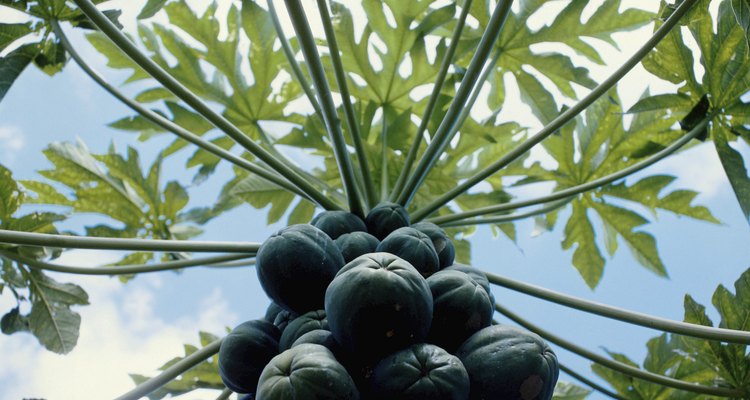
Papaya, or carica papaya, grows leaves in a spiral up its trunk. The leaves live four to six months, according to the California Rare Fruit Growers. The trees grow in tropical and subtropical regions worldwide. Traditional use and preliminary studies suggest papaya may have anti-tumor activity. Papaya and its leaves contain papain, commonly used as a digestive enzyme. Papain also helps treat worms and intestinal parasites, according to the University of Maryland Medical Center. Drying papaya leaves at home gives you a supply of this traditional tea. As with all supplements, consult your doctor before using papaya leaf tea.
Harvest or obtain papaya leaves in late spring or early summer for faster drying. Cut the leaves late in the day after the heat has passed, if possible. This is the time of day when plant leaves are most dehydrated. Alternatively, gather fallen leaves.
Wash the papaya leaves in running water. Pat them thoroughly dry with towels.
Trim the stems 6 to 8 inches long to save room in the drying area, if desired. Make bundles of four to six leaves. Wrap heavy twine around the bundle and tie it, leaving at least 1 foot of twine to hang the leaves for drying. Repeat for each batch of papaya leaves.
Hang the bundles of papaya leaves in a dry, dark place. For example, from a hook or nail in a shed or at one end of a clothes rod in a closet.
Allow the leaves to dry naturally. The process may take four weeks or longer, depending on temperatures and humidity. Squeeze a leaf to test it -- a fully dried leaf loses its flexibility and cracks rather than bends.
Break up the leaves by tearing or cutting them into fragments that will fit into a tea strainer or tea ball. Store the papaya leaf tea in airtight glass jars or crocks.
Related Articles

The Nutritional Value of Banana Leaves
How to Keep Mint Fresh for Drink ...
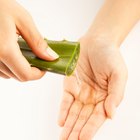
Can I Store Aloe Vera Gel From a Plant ...
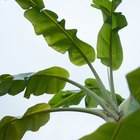
Can You Eat Banana Leaves?

How to Make Mullein Tea

How to Take Care of Raspberry Bushes
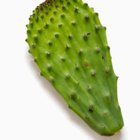
How to Cook Cactus Leaves

How to Make Plant Shampoo Using Soap ...

How to Dry Fresh Parsley

How to Blanch Kale for Freezing

How to Dry Artichokes
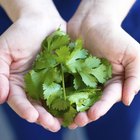
How to Cut Cilantro For Cooking

How to Dry Sage Leaves Yourself
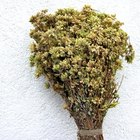
How to Dry or Freeze Oregano
How to Julienne Mint

How to Make Rubbed Sage

How to Dry Pineapple in a Dehydrator
How to Freeze Bok Choy
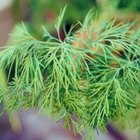
Dill Seed Vs. Dill Weed
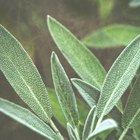
How to Dry Sage
References
Writer Bio
Gryphon Adams began publishing in 1985. He contributed to the "San Francisco Chronicle" and "Dark Voices." Adams writes about a variety of topics, including teaching, floral design, landscaping and home furnishings. Adams is a certified health educator and a massage practitioner. He received his Master of Fine Arts at San Francisco State University.
Photo Credits
Ablestock.com/AbleStock.com/Getty Images